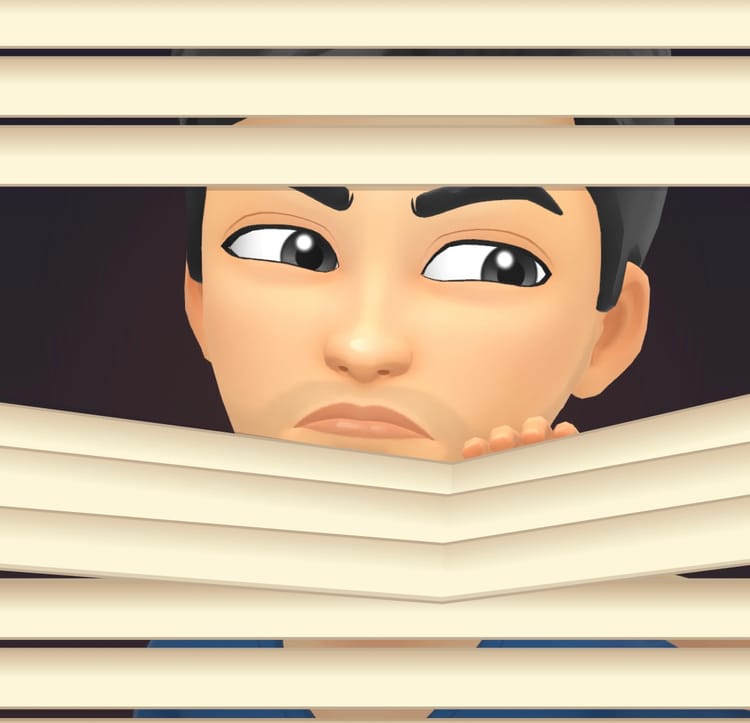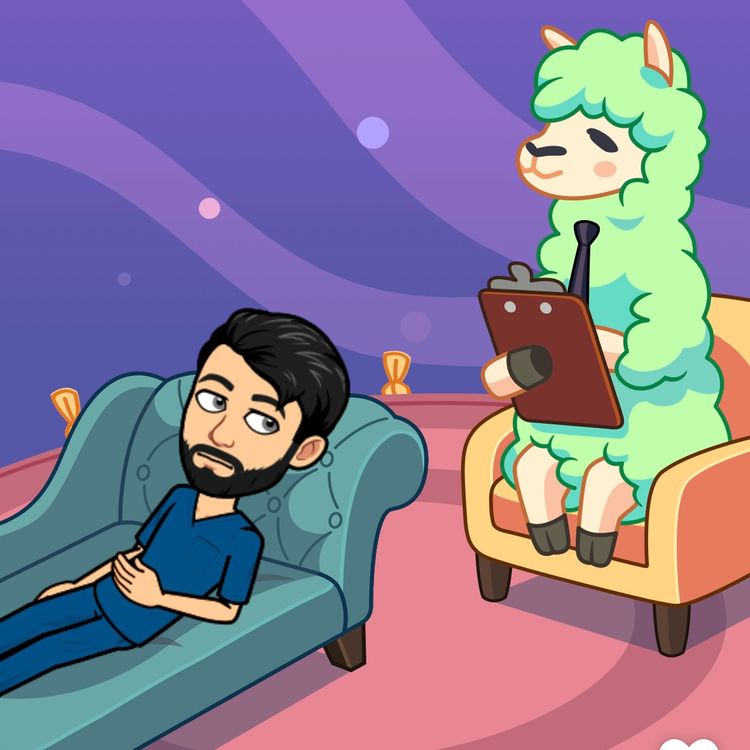Monkey see, Monkey do

The human mind is a funny place and our sketchy understanding of it leaves us staggered about how it responds to situations. From our childhood we’ve been taught how to mimic, duplicate and impersonate actions without much understanding regarding the complexity involved in them. Have you ever consciously calculated how much force your hands are applying to get the perfect amount of toothpaste from the tube to the brush?
Though most of these minuscule calculations take place below the level of our consciousness, there are some that we can hone, should we make the effort. Once such, is the understanding of mirror neurons in our brain. A mirror neuron is a neuron that fires both when an animal acts and when the animal observes the same action performed by another. Thus, the neuron “mirrors” the behaviour of the other, as though the observer were itself acting.
Coincidentally, the first animal in which researchers have studied mirror neurons individually are monkeys. Monkey see, monkey do is a pidgin-style saying that appeared in American culture in the early 1920s. The saying refers to the learning of a process without an understanding of why it works. Another definition implies the act of imitation, usually with limited knowledge and/or concern for the consequences.
In these macaque monkeys, mirror neurons are found in the inferior frontal gyrus and the inferior parietal lobule and believed to mediate the understanding of other animals’ behaviour. For example, a mirror neuron which fires when the monkey rips a piece of paper would also fire when the monkey sees a person rip paper, or hears paper ripping (without visual cues). These properties have led researchers to believe that mirror neurons encode abstract concepts of actions like ‘ripping paper’, whether the action is performed by the monkey or another animal.
Interestingly in the human mind, mirror neurons do not fire during imitation and mimicry but do so only when the intention and reasoning behind the action is also understood.
Utilising our mirror neurons during COVID-19:
The world, current paradigms of education and previous expected patterns of teaching have come to a standstill. Clinical teaching in medicine and practice based learning in all fields of education had hit a hard stop with students complaining about what the don’t see, they will not learn. Though there is some truth in that, along with kinaesthetic learning, intricate observational learning plays as important a role. Jogging our mirror neurons here would be a convenient attempt to pick up skills of pure inspection and close examination, where intricate repeatability is the concerned issue.
You must be thinking, “How do I even find this neuron?” – That’s quite natural!
Ever notice how a child quickly figures out how to use a an electrical appliance like a remote and point it at the correct direction? Or how youngsters who play video games can quickly figure out how to drive a car? It’s mirror neurons!
Their power of observational enquiry and knowledge of intention behind an action allow them to deceive their brain into feeling they’ve performed this task before. Quite fascinating. And if they can do it, so can we. If you’re in school or university, you will find umpteen online videos demonstrating any skill you want to learn. Try to obverse them with your undivided attention and pick up the intention behind the actions. Repeat it, and let your mirror neurons fire! There’s a high chance that once you will ultimately have to perform this task post this pandemic, you will be able to without a hitch. After all, monkey see, monkey do.
Enjoyed the read? Consider subscribing to my newsletter, ❄️ Freezethawed, to get a weekly update on thoughts pondered upon by me, insights I’ve been exposed to and may be some interesting facts I’ve encountered – delivered straight to your inbox. Click here: ❄️ Freezethawed: The Newsletter




